Animals That Kill: The Most Common Human Deaths from Animals in the United States
Animals That Kill: The Most Common Human Deaths from Animals in the United States
As someone who spends a lot of time outdoors, I’m intrigued by animals that kill and stories of human deaths resulting from animal encounters. I used to think this was a rare thing in the U.S. and that the vast majority of human deaths by animals took place in third world countries. The good news is that statistically, this is true.
The bad news is that on average, a couple hundred people are still killed by animals in the U.S. each year and that number is on the rise. Ironically, the animals doing most of the killing probably aren’t the ones you’re thinking of. A review of studies on animal-to-human deaths, sheds some light on animals that kill us here in our own country. The following is what we’ve learned.
Animals That Kill
One of the more comprehensive sources we found on the topic of animals that kill, was a study published in the Wilderness & Environmental Medicine Journal (WEMJ). In this study, a group of doctors from Stanford University pulled data from a Centers for Disease Control (CDC) database known as Wide-Ranging Online Data for Epidemiologic Research (WONDER).
The database was queried to return all human fatalities between 2008 and 2015, with the criteria of death resulting from animal “bites, stings, strikes, crushing or contact.” It was an update to a study that first looked at animal related deaths from 1999 to 2007.
Pick Your Poison
The results of the study were divided into two categories: those resulting from venomous animal encounters and those resulting from non-venomous encounters. I wasn’t surprised to see “bees, hornets and wasps” leading the way in the venomous category (it turns out they’re responsible for 220,000 visits to the emergency room each year). However I was surprised to see that venomous snakes came in fourth place (after scorpions and spiders). I guess you could say that I hate snakes and I’m always on the look out for them when I’m out in the boondocks.
Unfortunately, it appears that envenomation deaths are on the rise in this country. There were an average of 86 deaths per year documented during the study period, which is almost twice what it was in the late 1950’s when the CDC first started keeping statistics on animals that kill.
Lions and Tigers and Cows
The non-venomous category also surprised me with the category, “Other Mammals,” causing the most human deaths. What are “other mammals” you ask? According to the study, these include “cats, horses, cows, pigs, raccoons and other mammals.” The doctors concluded that 90 percent of those deaths were caused by farm animals, with dairy farmers being particularly at risk. (Apparently, milking cows is more dangerous than it looks.)
Comparatively speaking, dogs took a distant second place with 576 dog-related deaths, compared to 896 “other mammals.” However, the study also reported 4.5 million dog bites each year, so it’s not a small problem. Sadly, according to the study, children four-years old or younger were four times more likely than the other age groups to be killed by a dog.
The Damage
Statically speaking, the number of deaths by animals in the U.S. is relatively small, comprising 1,610 deaths during the study period. This averages out to about 200 deaths per year (or 4.8 deaths per 10 million humans, if you follow that sort of thing). There was also an enormous cost in terms of time and money, including over one million emergency room visits and an estimated cost of $2 billion, due to animal encounters gone bad. The study also looked at non-fatal injury data in addition to animals that kill.
Males were twice as likely to be killed by an animal than females and 813 deaths (or about half) during the study period were persons between 35 and 64 years of age. The study also divided the deaths into four geographic regions and about half the deaths (786) occurred in the South, which is almost six times the deaths in the Northeast (135) and more than twice the deaths in the West (323).
Big Pharma Strikes Again
Interestingly, the study also made a point to warn readers about a recent 400 percent increase in the price of Epinephrine auto-injectors (EpiPens) and it concluded that the cost increase might cause the death rate to rise, despite treatment advances for animal envenomation.
My daughter is severely allergic to shrimp and we always had two EpiPens with us when she was growing up. As they reached their expiration date, our insurance company would replace them and I’d throw the expired EpiPens into my camping first aid kit, because you never know. Around the time my daughter turned 18, the insurance company started making it harder to replace expired EpiPens and maybe now I know why.
Deer in the Headlights
Changing gears a little (no pun intended), according to the Insurance Institute for Highway Safety (IIHS), human deaths resulting from drivers colliding with animals has actually decreased since the institute started keeping stats. From 1975 until the mid-2000’s, animal collision deaths were trending up, peaking at 223 deaths in 2007. Since then, there’s been a downward trend and 2016 saw just 189 deaths due to collisions with animals.
The IIHS explains that these numbers are based on events coded as collision with an animal, but that the deaths often occurred as a result of “secondary impacts that are more severe, such as colliding with another vehicle or a tree.” In 2016, most of these deaths occurred between the months of July and September; Texas and Wisconsin had the highest number of animal collision deaths, presumably due to their higher number of rural roads and denser deer populations.
Deadly Conclusions
When it comes to animals that kill, the U.S. fares better than much of the world. We might be tempted to dismiss the relatively low fatality numbers as inconsequential, after all, there are places like Southeast Asia and Africa where mosquitos do the bulk of the killing and venomous snakes account for 50,000 deaths per year.
I try not to take anything for granted though and it’s not lost on me that my biggest worry outdoors is probably the least likely thing to kill me (at least statistically speaking). It occurred to me while writing this that the last time I actually feared for my life was while being attacked by a swarm of wasps in my barn after accidentally knocking their nest off the ceiling with a ladder I was carrying. Fortunately, I only got tagged by two of them despite having a dozen angry wasps all around me. Even though the nest was in plain sight, I hadn’t seen it because I was too busy looking down at the ground, keeping an eye out for snakes.
Editor-in-Chief’s Note: Please join us in welcoming Bert Rodriguez as a contributor on ITS. Bert hails from Fort Worth where he works in the aerospace defense industry as a Field Support Engineer. A retired Marine, Bert is also the proprietor (along with his son Daniel Rodriguez) of a Texas outdoors themed blog called Lone Star Chronicles – Life, Liberty & the Pursuit of Fish. When he’s not working or writing, Bert is a doting grandfather, an avid outdoorsman and a kayak fisherman.







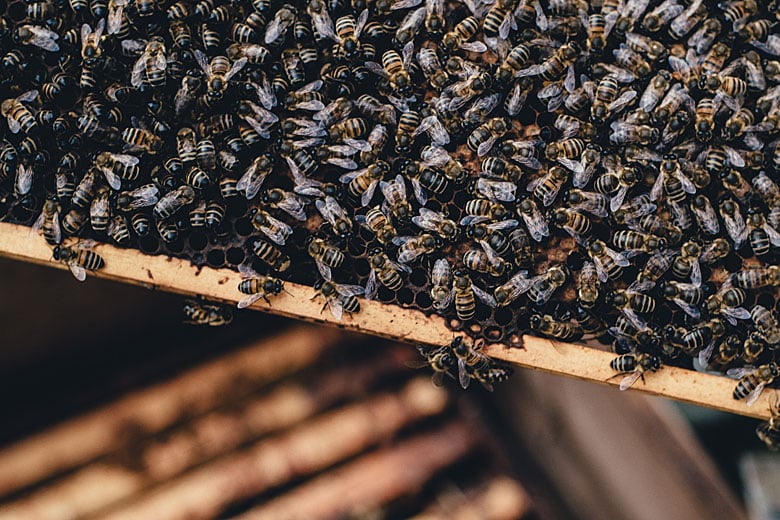
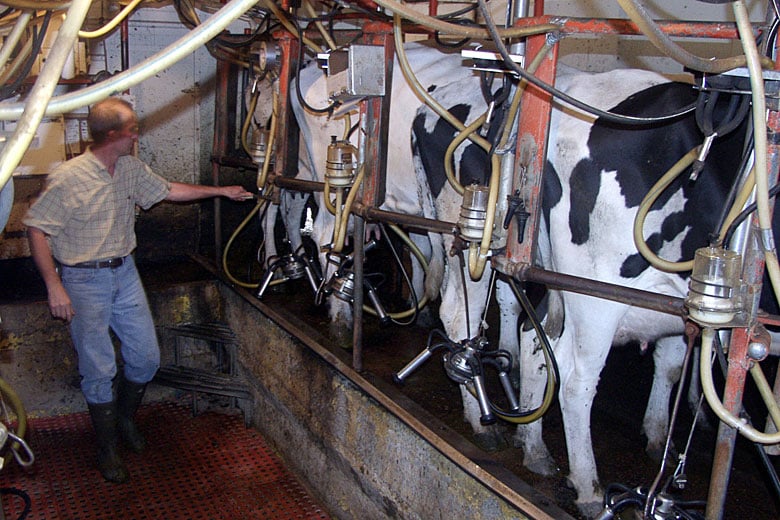



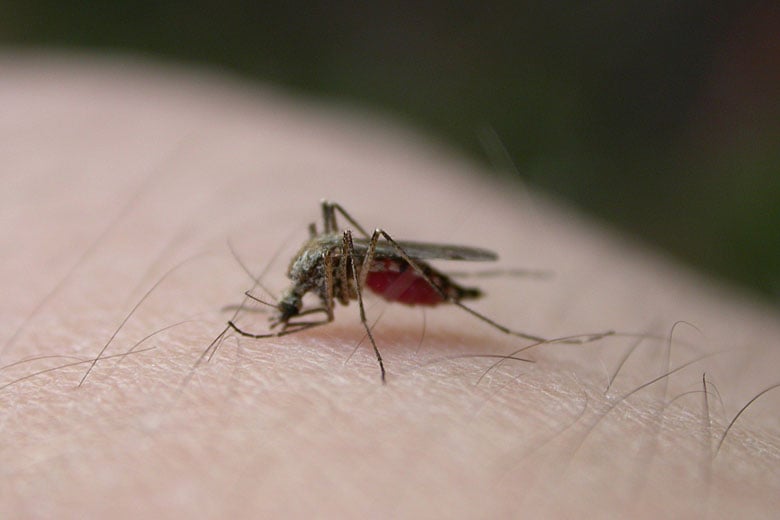
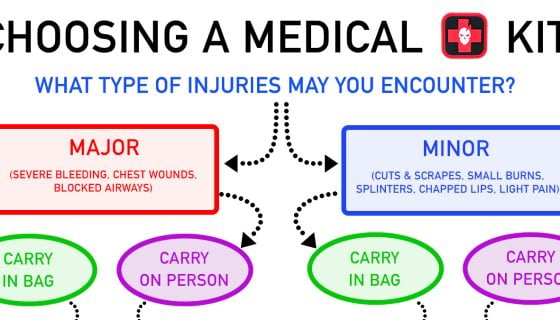


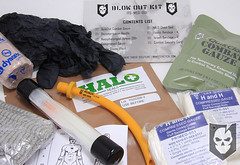

Discussion